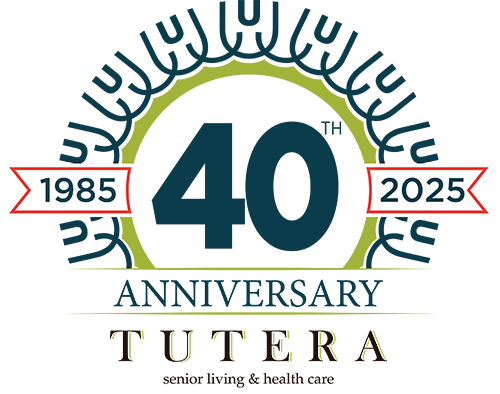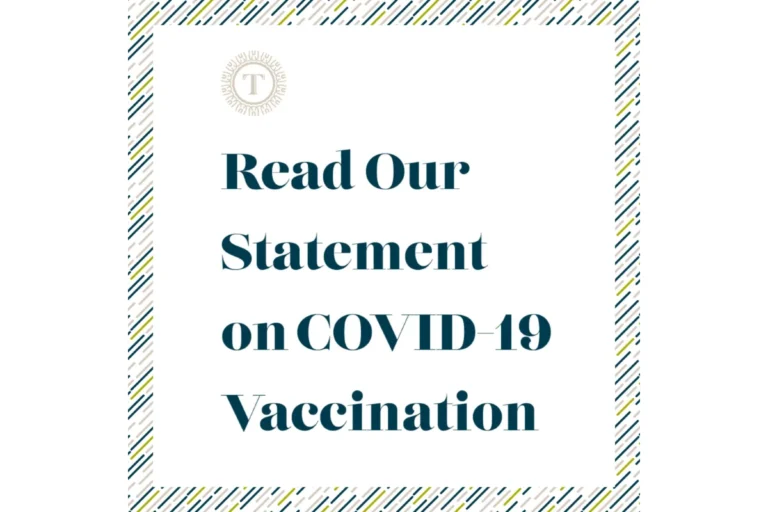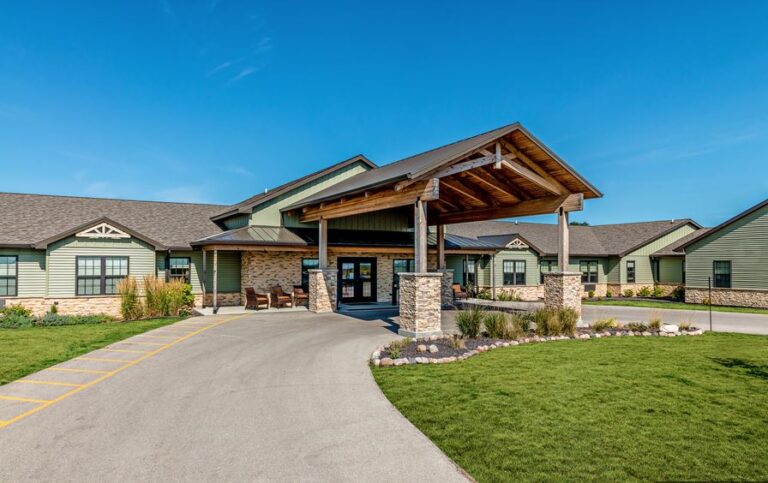If you’re looking for senior living communities right now for a loved one, you’ll quickly realize there are multiple types available. If you wait a decade, or even five years, you may be surprised as the range of living options increases even more.
While the 1990s saw a saw widespread development of continuing care retirement communities, today boomers are reinventing retirement living with a wider variety of residence options.
Over the past four decades, the market for seniors housing and care—including assisted living and independent senior living communities—has greatly expanded to accommodate people with more complex needs.
Are you curious how future generations will be served in senior living communities? What will the trends be in retirement lifestyles a decade from now? There are not many published studies that examine trends in environments, amenities and programs for the aging, but some of the top trends are covered in this blog.
Expanding Programs Outside of Senior Living Communities.
More programs will be developed to deliver services to older adults inside their own homes through home health organizations and new organizations. In addition, adult day care services will be revamped to become more encompassing.
Enhancing Technology Within the Home and in Retirement Communities.
The massive digitalization of our society is driving seniors to view technology as a real solution to help maintain their autonomy and health in the future. That’s why future senior living arrangements will be constantly evolving spaces where household automation, communication, and remote alarms will all co-exist to enable seniors to be better equipped to age in place. Smart home technology and wireless connectivity will be further advanced and incorporated into senior living residences to offer enhanced safety and video communications.
Voice-first technology such as Amazon’s Alexa is already proven successful with seniors. It’s tailor-made for older adults who may have mobility issues or other disabilities and need speech-enabled interactions. It can help individuals reclaim some of their independence.
Personal response systems are being fine-tuned every day with advanced sensors to enhance safety and the automatic triggering of medical notifications. They monitor everything from when a person gets out of bed, to falls and door openings.
Tele-health technology, geriatric assessment services, and non-medical home care services will be brought into communities more as well as in a senior’s home to foster aging in place. These virtual medical exchanges have become increasingly popular due to the pandemic and the 2020 requirements to stay in place. Video check-ins with physicians reduce transportation barriers for seniors and mitigate health care costs due to reduced emergency visits.
Transportation-on-demand (think Uber and Lyft rides) are already in place and demand is predicted to increase in the years ahead. Seniors with limited mobility and a desire for independence will continue to embrace ride sharing rather than relying upon family members or friends for transportation.
Environmentally Aware Living Arrangements.
As state and local building codes across the country evolve, more communities are obtaining LEED certification to demonstrate new construction and renovations to achieve green standards. In fact, “Most buildings being constructed today [are] 80% of the way toward LEED.” A LEED-certified building is healthier for residents and it features improved air quality, reduced energy and water usage. An example of this type of community is Tiffany Springs Senior Living and Health Care in Kansas City, Missouri.
Small House Options for Senior Living.
When you consider environmentally-friendly future arrangements, a small house model for seniors is another upcoming trend. Small houses are self-contained buildings for one, or a small number of residents, organized in a way to maximize normal living environments and routines. The model offers resident autonomy and a sense of community. A survey found that 30% of tiny home residents were between 51 and 70 years old which makes senior citizens a huge part of the tiny home movement. More companies are now specializing in small residences and equipping them with comforts and safety measures specially designed for this older demographic such as grab bars or ramps.
Partnering with Other Organizations.
Senior living providers will continue to expand partnerships to satisfy and exceed expectations of the next generation of older adults. Potential partnerships include colleges and universities, other Continuing Care Retirement Communities, for-profit organizations, naturally occurring retirement communities, active adult communities, and state and local government agencies.
Wellness and Lifelong Learning.
In your search for senior living for a loved one, you’ll find senior living communities today are embracing ways to promote good health more than ever before and this trend is predicted to continue in the future with further enhancements. Retirement housing developers will adapt to their new customers’ changing expectations about having a quality lifestyle. Integrating wellness programs into the design of senior living communities will move to the forefront. Healing gardens, health spas, therapy pools and indoor aquatic centers will be popular while web-based education and lifelong learning programs will be increased for residents.
Boomers Won’t Retire, They’ll Transition.
According to Robert Kramer, former CEO at NIC National Investment Center for Seniors Housing & Care, the basic business model of today’s senior housing and nursing care communities “will be radically disrupted.” He expects 40 to 50% of residents in retirement housing complexes in the future to be working or launching their second or third careers. He also predicts the future of retirement living to be intergenerational.
Something Kramer envisioned a few years ago has already come true. He predicted some retirement options to include complexes where retired residents live in part of a building while the other side of the building is occupied by younger adults, retail shops and restaurants. An atrium is in the middle where both age groups can gather for meals served by the various restaurants. These types of living and commercial arrangements are being built in cities among a lot of groups, including a population of seniors who may have left urban areas when they had children, but always wanted to move back.
What Are Trends in Other Countries?
The United States has not tapped into its collective brainpower when it comes to rethinking elder care according to MarketWatch. It reports the Netherlands, for example, currently has a memory care village – a complete indoor-outdoor community for dementia patients. In addition, Holland has piloted a program that offers college students who seek affordable housing to be roommates with companion-seeking seniors.
Socializing Will Remain a Constant.
Relationships with friends and families will continue to be on seniors’ bucket list for the future. There is no replacement for human interaction. Seniors want to feel connected to others and experience social engagement. A survey from the National Council on Aging supports reports that seniors have a real need for connectedness. More than half of seniors nationally – 53 % – indicate that being close to friends and family is important. For this reason, studies show senior living communities with 300 or more units appear to be leading the way in the future compared to smaller senior living communities in terms of social engagement, programs, services, amenities, and environmental issues.
Let’s Put Your Plan in Place for your loved one.
The time to secure a future residence for your loved one may be sooner than you think. Decision-making can be a long process, so we advise starting your planning earlier rather than later. Our professionals at Tutera Senior Living and Health Care have decades of experience helping families and seniors find the ideal level of care and lifestyle option for their needs. We welcome the opportunity to put our expertise in place for you. Call us at 877-988-8372 for a no-obligation, personal consultation.







